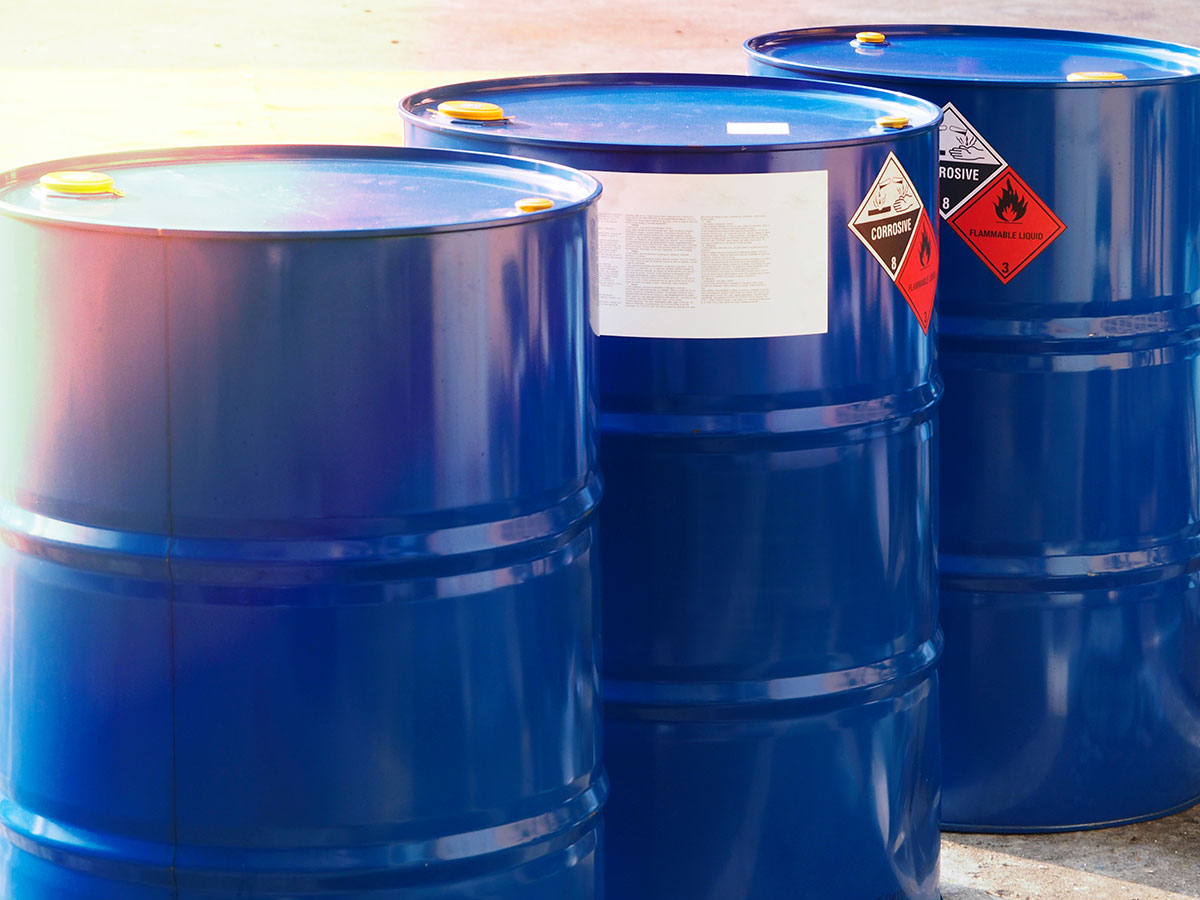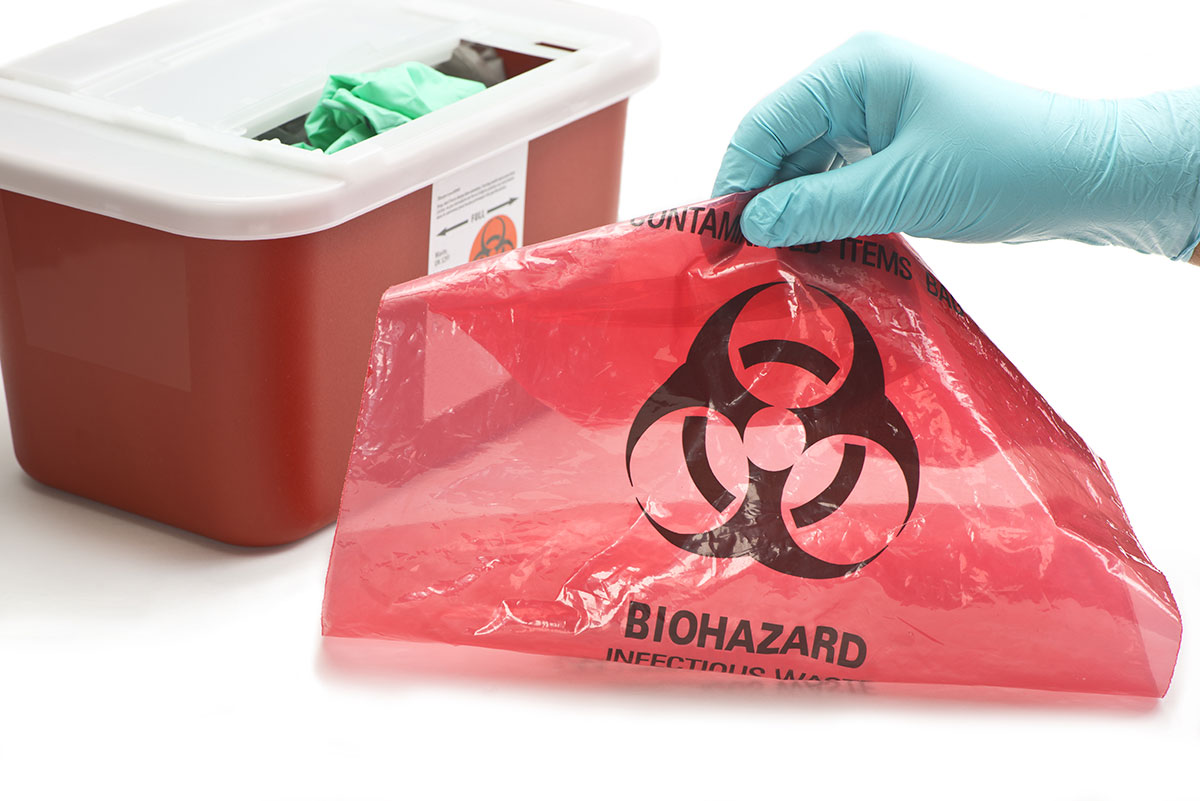Categories of Hazardous Waste

The disposal process for hazardous waste and nonhazardous waste can vary considerably, so it is imperative to know what is considered hazardous waste and what is not. The EPA defines three categories of hazardous waste: listed, characteristic, and mixed radiological waste. Each of these categories has subcategories that can become very precise, but the basics are as follows.
Listed Wastes:
Listed wastes are those that come from manufacturing processes and identifiable industries or can be created from commercial product chemical wastes. There are four types of listed waste: F, K, P, and U waste.
F-List Waste
F-listed waste comes from non-specific sources. They are generated from manufacturing and industrial processes, but these processes can occur in many different sectors of industry. The EPA defines seven groups of F-list wastes and they are grouped by the manner in which they are created.
K-List Waste
In contrast to F-list wastes, K-list wastes do have specific sources. They, too, come from manufacturing and industrial processes, but they originate from identifiable industries such as wood preservation, petroleum refining, and explosives manufacturing. There are 13 of these categories; detailed descriptions can be found in the Code of Federal Regulations, Title 40 section 261.32.
P- and U-List Waste
P-listed waste and U-list hazardous waste indicate pure, unused chemicals intended for disposal and they share three criteria: they contain one of the chemicals on the P or U list, said chemical is unused in the waste, and the chemical is in the form of a commercial chemical product.
P-listed waste is acute waste and its empty containers are treated as hazardous waste. U-list hazardous waste is also toxic, but the empty containers are not considered hazardous.

Characteristic Wastes:
Wastes that fall under this category of hazardous waste are defined by their exhibition of at least one of the following properties: ignitability, corrosivity, reactivity, and toxicity.
Ignitable: Waste that can be set on fire. Wastes with this quality include compressed gases, solid waste prone to spontaneous combustion, and liquids with flashpoints below 60 °C.
Corrosive: Waste that is able to eat away at another substance through chemical reactions. Hazardous wastes with this quality include liquid waste with a pH of 2 and below or of 12.5 and above. Corrosivity may also be based on the substance’s ability to corrode steel.
Reactive: Waste that is unstable under typical conditions. These hazardous wastes may have chemical reactions with water or give detonate with heat. Explosives and lithium-sulfur batteries are considered reactive hazardous wastes.
Toxic: Waste that is harmful or fatal when ingested or absorbed by living things. Examples of toxic hazardous waste include arsenic and chloroform. A full list of toxic waste and the regulatory levels at which they are considered hazardous can be found in 40 CFR 262.24.
Mixed Radiological Wastes:
The final category of hazardous waste is mixed radiological waste, which means that the waste has both a hazardous and a radioactive component. Because it contains two types of regulated wastes, the disposal of mixed radiological wastes must comply with the RCRA and the Atomic Energy Act. It is the Department of Energy or the Nuclear Regulatory Commission that regulates the radiological part of that hazardous waste.
Determining whether or not your company is producing hazardous waste, what category it falls into, and how to properly dispose of that waste can be a difficult and tedious processes. If you would like assistance in matters of compliance and hazardous waste disposal, contact Clean Management for a fast and free quote.
